Well, it's eleven o'clock at night and I just remembered I forgot to do a Sunday Chess Problem for this week. So I guess we'll have to go with one of those charming lightweights whose main point is a shocking key. This one was composed by Gerhardus Goethart in 1952. White is to play and mate in two.
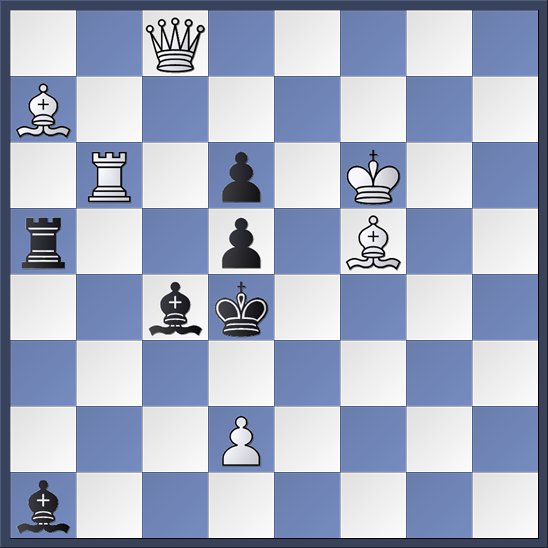
Remember that white is always moving up the board and black is always moving down. Vertical files are labeled a--h from left to right, while horizontal ranks are labeled 1--8 from bottom to top. So, in the diagram, white's king is on f6 while black's king is on d4. When we write down chess moves, a plus sign indicates a check.
The remarkable key move is 1. Qa6!
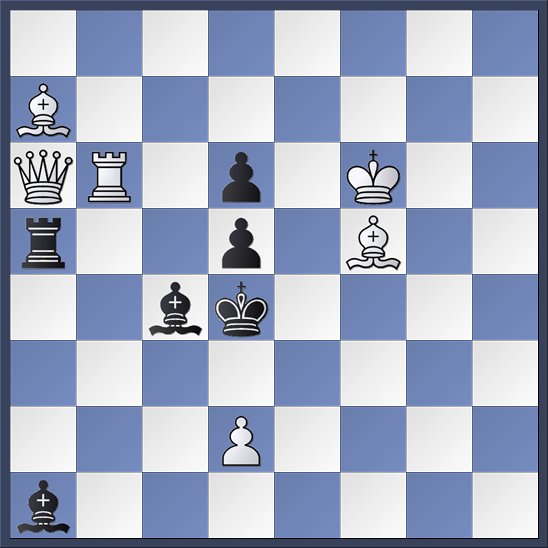
This move sacrifices the queen in two different ways. It also grants the black king a flight square on c5. Notice that if black avails himself of that flight, then white will be in check. In return for all this largesse, white blocks the black rook's access to the a7 bishop. White is now threatening to cut off the rook's other line of defense with 2. Rb5 mate.
Black has some options. We should probably first consider what happens if black just takes the queen. We have the lines 1. ... Rxa6 2. Rxa6 mate
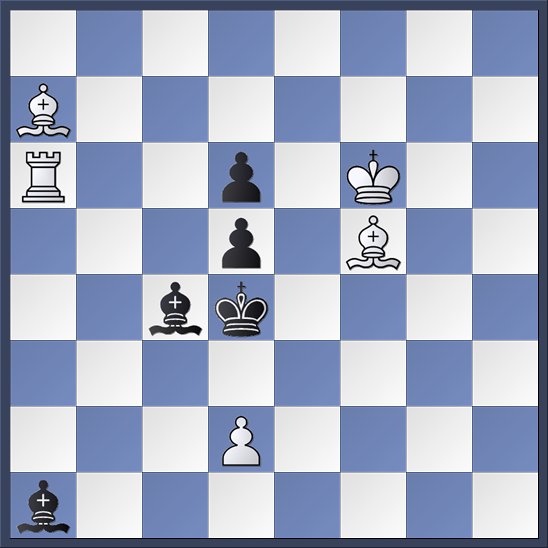
and 1. ... Bxa6 2. Rb4 mate
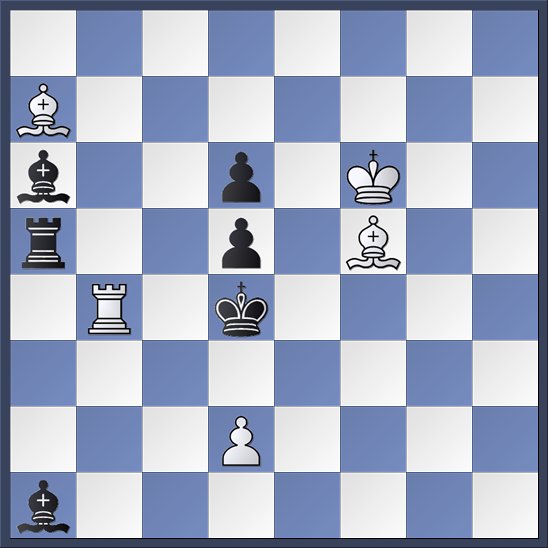
If black makes use of his new flight square on c5 we get 1. ... Kc5+ 2. Rb2 mate.

There's still another possibility! Black can create a flight square on c4 with the move 1. ... Bb5. But this fails to 2. Rc6 mate.
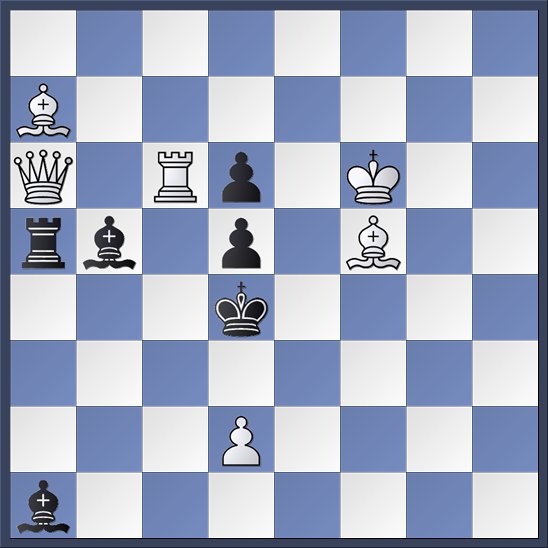
You might enjoy working out for yourself why, in each variation, white had only one choice for the destination of his rook.
Very nice! Incidentally, the line-up of white bishop on a7 and the white rook on b6 is referred to as a battery. More precisely, it is a direct battery, since if the rook moves white will discover check to the black king. (A battery in which a move by the front piece does not give check, but instead gives control over a square in the black king's field, is referred to as an indirect battery.) When the front piece of the battery moves, we say that the battery has been fired. So in this problem, including the threat, we see the white battery firing five times after the flight-giving, sacrificial key. Isn't problem jargon fun?

Great first move, and quite a bit going on for a lightweight!
Jason,
You state that white only has one possible destination for the rook in each variation. In the second variation, (after 1...Bxa6), why can't white reply with 2 Rc6 mate? I understand the rook cannot move anywhere else on the b-file or it won't cover c4, but it certainly seems that moving to c6 would cover c4. What am I missing here?
That's cute.
@Seat T: after 1.Qa6 Bxa6 2.Rc6 Black still has Rc5. Instead 2.Rb4 is double check, which can't be parried by an interrupting piece.
Thanks, MNb. I knew I had to be missing something.
I think there is also 1...Rc5 followed by 2 Qxa1 mate.
Okay, so I usually overlook something dumb when I try these, but what about Ra6+. Black has only one move possible (Rc6), and then whilte follows with QxR mate. Seems a more elegant "solution", because black has no options: the king can't move, and the only piece that can block is the rook, so the whole sequence runs like clockwork.
(Okay, now I sit back and show me the obvious thing I overlook :-)
I assume you mean Rc5 there, blocking the bishop's check, right? Since black moves down the board, doesn't the pawn at d6 just take the queen at that point?
Now, if instead of moving to a6 you took the pawn at d6, that might work, but there's probably somethng off with that, too.
This might interest you:
"Why science cannot be the only way of knowing: A reply to Jason Rosenhouse" at http://www.uncommondescent.com/intelligent-design/why-science-cannot-be…
Even if white captures the pawn with Rxd6+, that won't work. Black can then respond with Rxa7, capturing white's bishop. White no longer has his bishop to guard c5, so Qc5 will not be mate; black's king can capture the white queen.
@verbose
No, I meant Ra5, but I was thinking the black pawns moving up, not down :-( See, I said I always do something dumb!